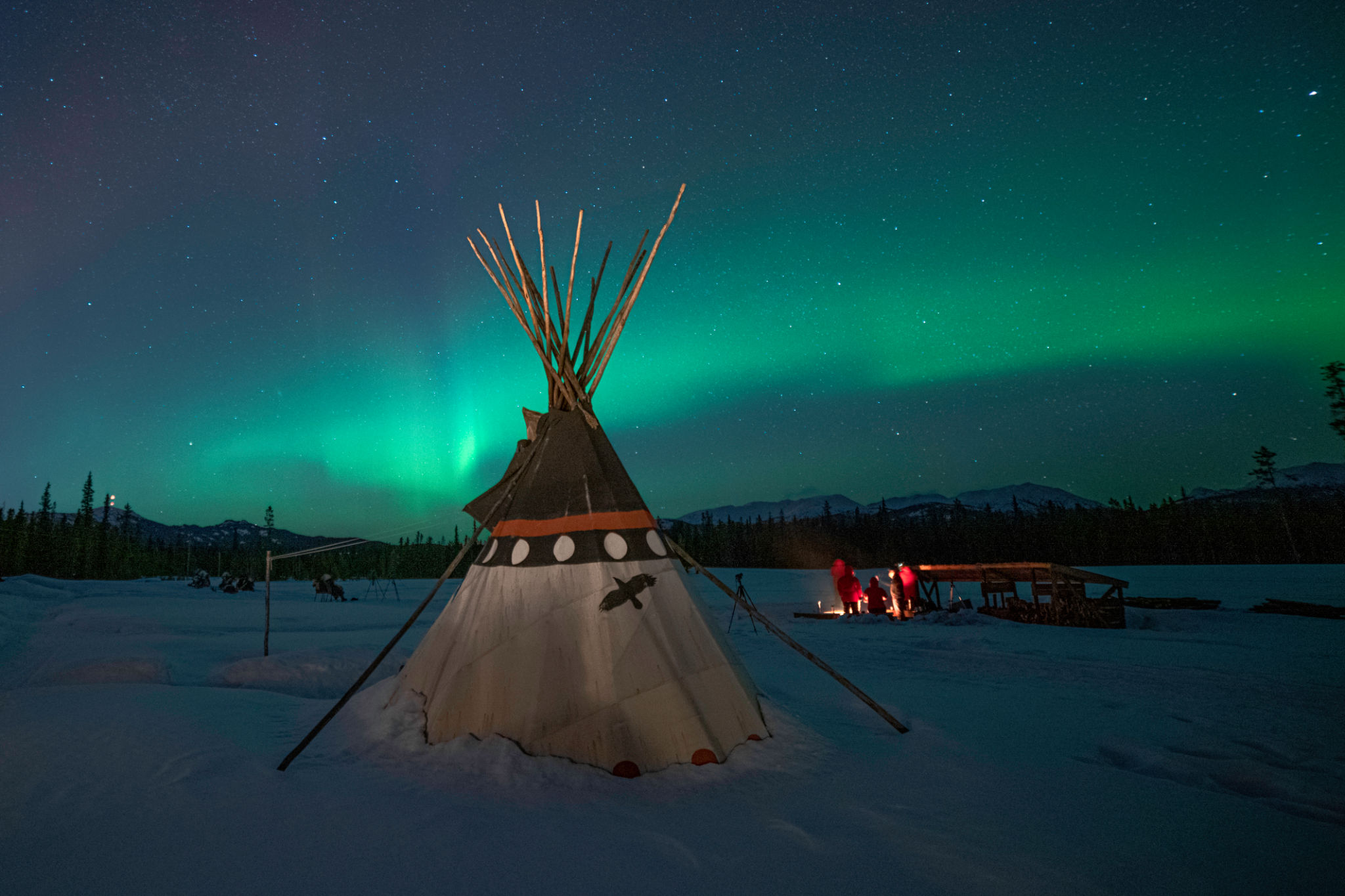How Does the Supreme Court Impact Tribal Travel Rights?
Understanding Tribal Travel Rights
The rights of Native American tribes to travel freely across their lands and territories have long been a subject of legal and political discourse. As sovereign nations within the United States, tribes hold specific rights and privileges, including the ability to manage their own lands and communities. However, the extent of these rights, especially concerning travel, often requires interpretation by the judiciary, with the Supreme Court playing a pivotal role.
Tribal travel rights are not just about movement but also signify the broader autonomy and self-governance of Native American tribes. These rights allow tribes to maintain cultural practices, conduct business, and sustain community ties across their traditional territories.

The Supreme Court's Role
The U.S. Supreme Court is instrumental in interpreting treaties and laws that affect tribal travel rights. Many disputes arise from differing interpretations of treaties signed between tribes and the federal government, often dating back centuries. The Supreme Court's decisions in these cases can either reinforce or limit the scope of tribal sovereignty and travel rights.
Supreme Court rulings have historically impacted how tribes can enforce and exercise their travel rights. For instance, decisions regarding jurisdictional boundaries can determine whether a tribe can manage access to certain roads or waterways within their lands.

Key Cases Influencing Tribal Travel Rights
There are several landmark cases that have shaped the understanding and implementation of tribal travel rights. These cases often revolve around issues such as state versus federal jurisdiction, tribal sovereignty, and land management.
- Worcester v. Georgia (1832): This case established that states do not have the right to impose regulations on Native American land, affirming tribal sovereignty.
- Oliphant v. Suquamish Indian Tribe (1978): It limited tribal authority by ruling that tribes lack jurisdiction over non-Native individuals on tribal land.
- McGirt v. Oklahoma (2020): This more recent case reinforced the notion that much of eastern Oklahoma remains Native American land, impacting jurisdictional authority.
Challenges Faced by Tribes
Despite legal victories, tribes continue to face numerous challenges in exercising their travel rights. These include administrative hurdles, conflicting state laws, and varying interpretations of federal statutes. Additionally, infrastructure limitations on reservations can restrict travel capabilities, impacting economic development and access to essential services.

The Supreme Court’s interpretations can either alleviate or exacerbate these challenges. Therefore, continuous legal advocacy and awareness-raising are crucial for tribes to protect their rights effectively.
The Future of Tribal Travel Rights
The future of tribal travel rights is closely tied to ongoing legal battles and policy reforms. As societal understanding of tribal sovereignty evolves, there is potential for more equitable legal frameworks that support the autonomy and mobility of Native American tribes.
Engagement between tribal leaders, policymakers, and legal experts is essential to ensure that tribal voices are heard in these discussions. By fostering dialogue and understanding, there is hope for a future where tribal travel rights are respected and upheld in both spirit and practice.